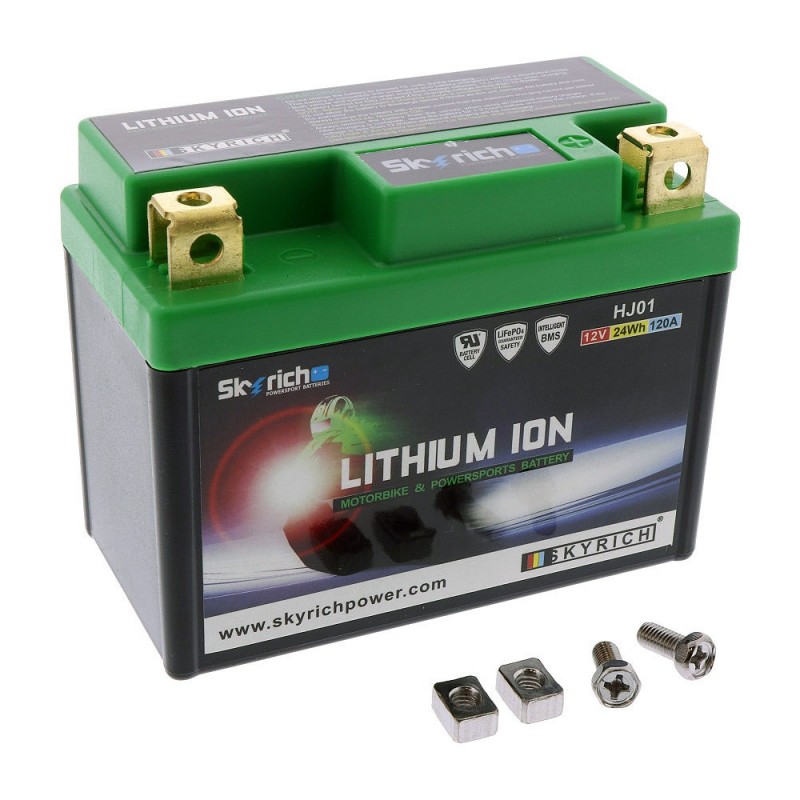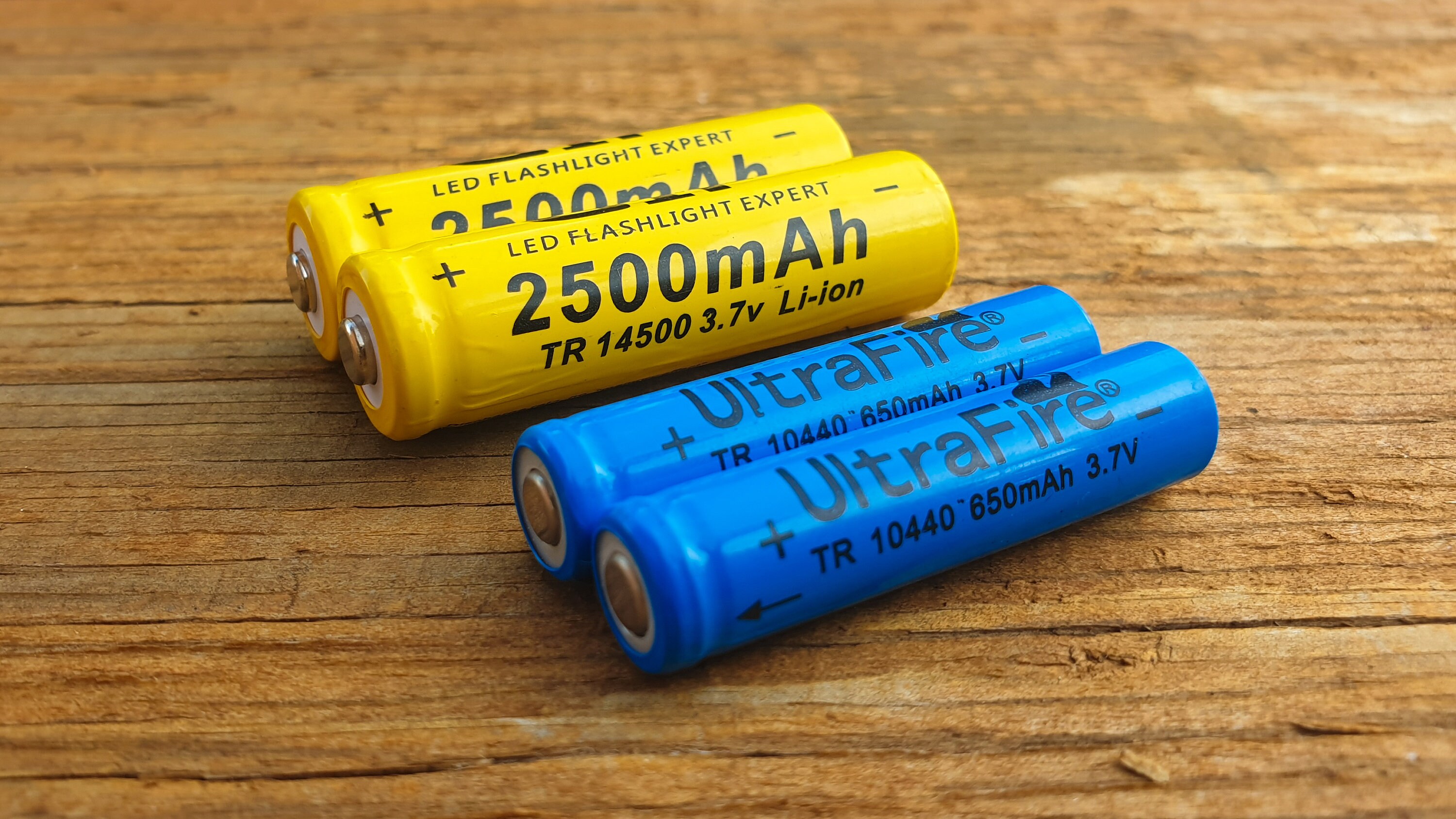
However, replacing lithium-ion batteries with hydrogen fuel cell technology is not feasible due to the fact that hydrogen is highly flammable and expensive to store. They are low-cost and environmentally friendly. However, it isn’t as effective as lithium.Īnother alternative to lithium-ion batteries is hydrogen batteries. Zinc is more abundant in the natural world, and it’s also quite stable and inexpensive. Early alternatives for Lithium-ion batteriesĮngineers and scientists have been working on alternatives to lithium as one of the first elements investigated to potentially substitute lithium was zinc. Some battery chemistries contain rare and toxic chemicals like cobalt, which is a metal that’s mined in central Africa and has been cited as an example of conflict minerals, due to human rights violations at mines from countries such as the Democratic Republic of Congo (DRC). Only about two to three percent of batteries in Australia are recycled, while only five percent of lithium-ion batteries are recycled in the United States and the European Union. Therefore, only a limited portion of lithium-ion batteries can be recycled. On top of that, recycling lithium-ion batteries are not researched well enough to make it a viable solution. However, it is not an efficient process and requires a lot of energy.


One way to kind of mitigate the adverse effects of lithium mining is by recycling lithium batteries. Lithium mining contaminates soil, water supplies, and air. Even in the areas like Australia and North America, where traditional mining techniques are used, the disposal and containment of these chemicals are difficult.Īccording to research, mining in Nevada has been found to have an impact on fish up to 50 miles downstream from the operation. Toxic chemicals such as hydrochloric acid can seep into the water supply. The effects of lithium mining on the environment and the water it comes into contact with are significant. Mining has drained more than half of the water supply in this region, which has severe consequences for the agricultural economy. This can be a significant issue since it is a large amount of water and many of these regions are already extremely dry, and they’re mostly desert.

The location also known as the lithium triangle is a South American region that includes parts of Chile, Argentina, and Bolivia and contains more than half of the world’s supply of lithium beneath salt flats, requiring 500 000 gallons of water per ton of lithium. Lithium mining requires abundant waterĪlso, lithium battery manufacturing demands a large amount of lithium mining.
#Lithium ion battery portable
There are approximately 1.2 billion vehicles on the road worldwide, implying that 1.44 billion kg of comparable Li would be required if all 20% of these cars were converted to all-electric vehicles.Īlthough this analysis does not cover all of the other applications of lithium-ion alternative batteries, such as portable electronics and energy storage for electric grids, it is clear that the search for alternative high-energy batteries made from cheap and readily available materials is critical. Why is there a need for lithium-ion alternative battery technology? Lithium supplies are limitedĪn electric vehicle with a 90 kWh Li-ion battery requires approximately 6 kg of equivalent lithium to travel 300 kilometers on a single charge. Finally, the separator is the last component, which is a physical barrier that separates the cathode and anode. The electrolyte, which consists of salts, solvents, and additives, serves as a pathway for lithium ions between the cathode and anode. This makes it expensive to transport from location to location when manufacturing batteries, which is problematic for companies and for the environment as well. The main problem with lithium-ion batteries is the high cost of lithium which makes them expensive to manufacture.Īlso, lithium is spread out across the world in very small quantities. They are the popular choice for powering electronic devices such as laptops, cellphones, tablets, and power tools.Īlthough they are great for so many applications, they have important shortcomings.

Lithium-ion batteries (LIBs) are widely used in electronics because of their lightweight, compact size, and high energy density. 1.5 How are lithium-ion and sodium-ion batteries compared to each other?.1.3 Early alternatives for Lithium-ion batteries.1.2 Why is there a need for lithium-ion alternative battery technology?.1 Lithium-Ion vs Sodium-Ion Batteries: Which is the Better one?.


 0 kommentar(er)
0 kommentar(er)
